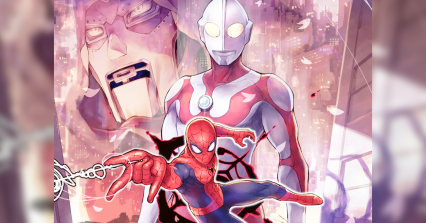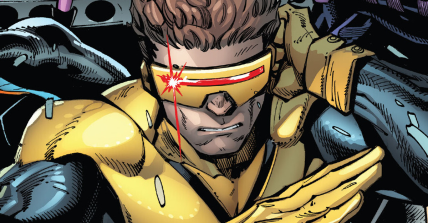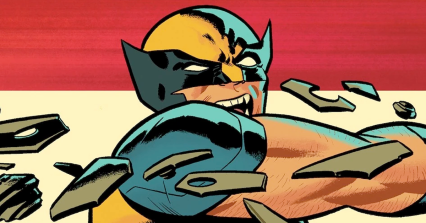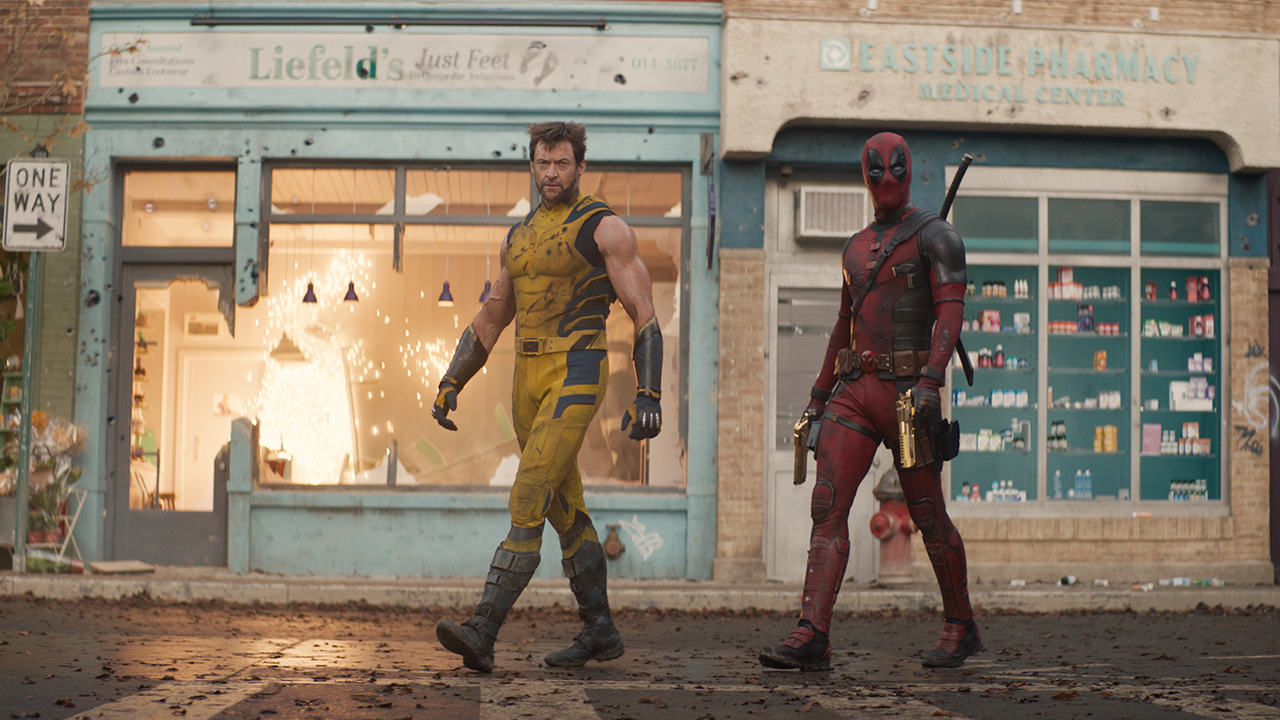Batman Writer Chuck Dixon Reveals How And Why He Weaponized The Dark Knight’s Cape

Capes on superheroes seem excessive – at times, almost like they lack purpose – but DC has tried to give them a practical application over the years, particularly with Batman’s signature black accessory.
The best example of this attempt to turn Batman’s cape into a gadget its use in Christoper Nolan’s Dark Knight trilogy, where it grants the hero the ability to glide for short distances.

Source: Batman Begins (2005), Warner Bros.
Related: James Tynion IV Ditches Batman To Create Creator-Owned Comics For Substack
In the 68th edition of his Ask Chuck Dixon vlog, famed Bat comic writer Chuck Dixon explained his contribution to this concept by detailing the various ways he tried to weaponize Batman’s cape – as well as some of his other accessories.
At the top of the episode, Dixon says he weaponized Batman’s stuff wherever possible in order to answer some lingering logic questions, such as how the Batmobile could be left unattended wherever the Dark Knight happened to park it.
Related: Prolific Batman Writer Chuck Dixon Explains Why Politics Do Not Belong In Superhero Comics
In one unspecified story, he says he showed that “the Batmobile was utterly and completely weaponized and able to fend for itself even while its owner was absent.”
Tim Burton did much the same in his movies by giving Batman’s famous ride a layer of armor that no one could penetrate.
Though, In Batman Returns, Penguin figured out a way to hack the onboard computer to disable it, this was the only crack in said armor any villain found throughout most of the Caped Crusader’s cinematic history.
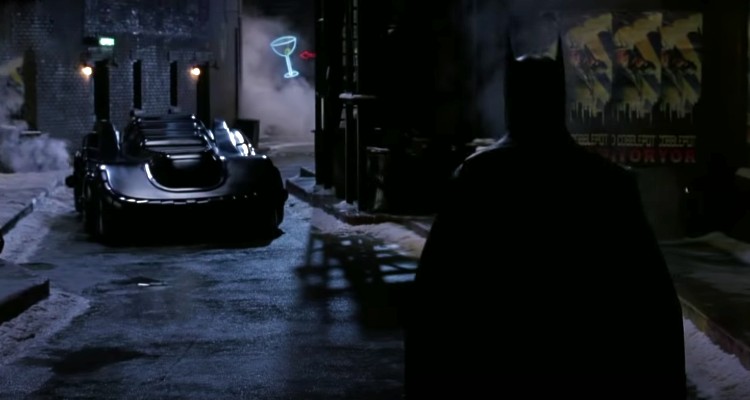
Source: Batman Retuns (1992), Warner Bros.
Of course, these defenses didn’t stop Jason Todd from trying to steal the Batmobile’s wheels, but the then soon-to-be-Robin’s attempt at thievery may have been what spurred Dixon to give the vehicle some security measures.
Moving onto the cape itself, Dixon explained that its combat capabilities, particularly its force when attacking and its form, were the result of lead weights the writer added to the billowing fabric.
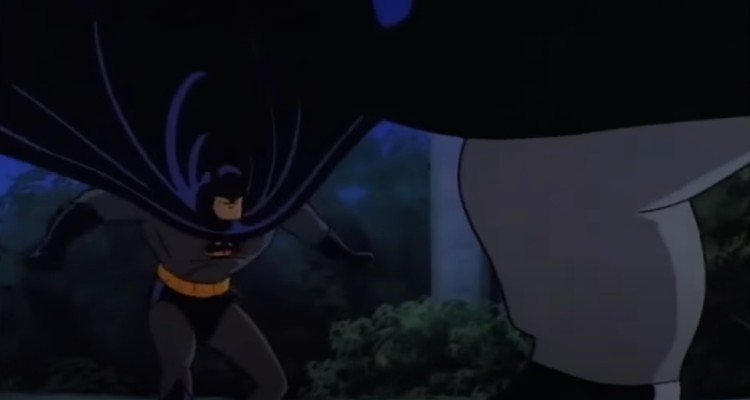
Source: Batman The Animated Series, Warner Animation
“I added some features such as lead weights to the bottom ends of the cape,” he said. “Not only did it let it drape well, but also if necessary, Batman could swing his cape as a flail.”
Adding it might not be enough to knock a criminal out, Dixon further clarified that getting whipped in the face with a two-to-three-pound weight would still make an opponent take a step or two (or more) back during a fight.
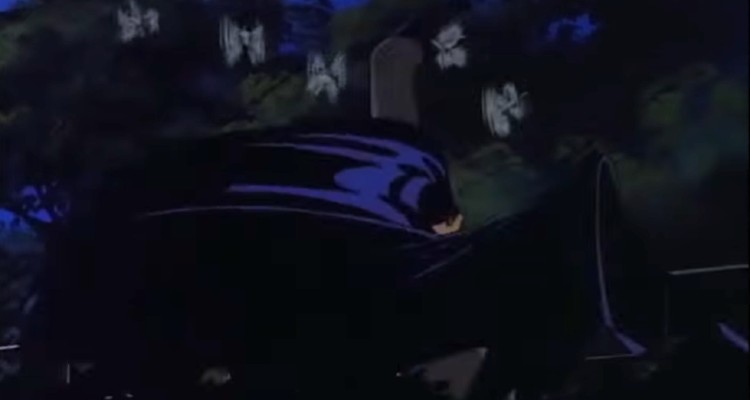
Source: Batman The Animated Series, Warner Animation
“I weaponized Batman,” Dixon continued, “[by making his cape] not lethal but certainly an instrument he could use to damage the wicked.”
It’s an interesting upgrade that truly wouldn’t have happened without Batman’s too-often-uncredited co-creator Bill Finger, who modified Bob Kane’s sole design, which featured a cumbersome pair of ‘bat wings’m into the intimidating cape and cowl we know today.

Source: Batman Begins (2005), Warner Bros.
What do you make of Dixon’s explanation regarding the mechanics of Batman’s cape? Tell us in the comments below or on social media!
More About:Comic Books

